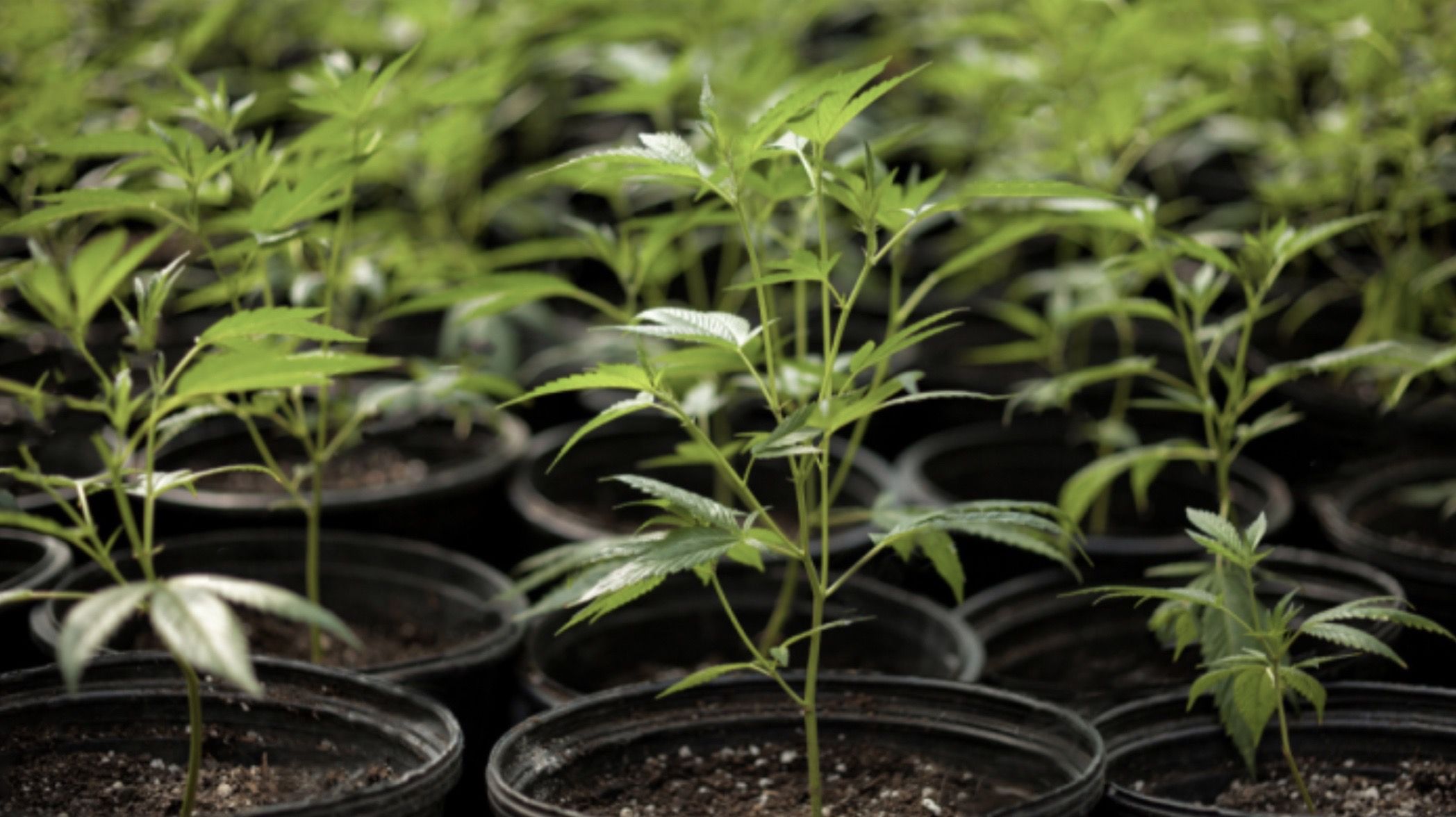
A Comprehensive Guide to Cultivating Cannabis at Home
Cannabis cultivation has gained immense popularity as more regions legalize its use. As a result, many cannabis enthusiasts are exploring ways to cultivate their marijuana plants at home. This guide offers an in-depth look into the various stages and requirements for successful cannabis cultivation.
Getting Started with Cannabis Cultivation
Before diving into the process, it’s crucial to understand the different elements you’ll need for successful cannabis cultivation:
- Grow Medium: Organic soil isn’t your only option.
- Grow Light: The intensity of light influences the yield.
- Water: The water’s PH level matters.
- Air: Fresh air with a slight breeze is beneficial.
- Temperature: Avoid extremes – not too hot or too cold.
- Nutrients: Cannabis plants require specific nutrients to grow well.
Step 1: Choose the Ideal Location for Cannabis Cultivation
The first consideration for growing cannabis is deciding whether to grow it indoors or outdoors. Both options have their benefits and drawbacks.
Indoor Cultivation
Indoor cultivation may be more costly, but it offers more control over the growing conditions. You can manipulate the lighting cycle to trigger flowering, control the temperature, humidity, and overall environment. Some best practices for indoor cannabis cultivation include:
- Start Small: This is especially crucial for first-time growers.
- Maintain Cleanliness: Keep the cultivation area clean from seed to harvest.
- Ensure Light-Tightness: Prevent light leakage to avoid disrupting the plant’s growth stages.
- Control the Environment: Maintain the right temperature, humidity, and airflow.
- Budget Considerations: Be aware of the costs, including the electricity bill and setup costs.
Outdoor Cultivation
Outdoor cultivation is less expensive as nature provides most of the necessary supplies. However, outdoor cultivation poses risks such as theft, pollination, pest infestation, and exposure to judgmental neighbors.
Step 2: Select a Suitable Cannabis Growing Medium
The growing medium for cannabis cultivation can range from traditional soil to soilless and hydroponic systems. Each has its advantages and disadvantages:
- Soil: This is the most popular grow medium due to its natural nutrient content and ease of use.
- Soilless: This medium offers faster growth and yields but requires the grower to provide all the necessary nutrients.
- Hydroponics: A hydroponic system can yield fast growth, high yields, and potent weed. However, it requires careful setup and maintenance.
Step 3: Pick the Right Nutrients
Cannabis plants require specific nutrients to thrive. It’s crucial to understand what nutrients are suitable for your chosen grow medium and adhere to the respective nutrient-feeding charts.
Step 4: Opt for Beginner-Friendly Cannabis Strains
For novice cultivators, autoflowering and feminized seeds can simplify the process. Autoflowering strains do not require a specific lighting cycle, and feminized seeds guarantee flowering.
Step 5: Set Up Your Lighting
The amount of light cannabis plants need varies between the vegetative and flowering phases. For indoor growers, it’s crucial to provide the appropriate amount of light and ensure no light leakage. There are various types of cannabis grow lights, including HID grow lights, fluorescent grow lights, LED grow lights, and induction grow lights.
Step 6: Monitor and Control the Indoor Climate
The indoor climate can significantly impact the health of the cannabis plant. It’s crucial to control the humidity, airflow, and temperature to create a conducive environment for cannabis growth.
Step 7: Choose an Appropriate Container
The container for your cannabis plants should support a healthy root system. Factors to consider include nutrients, oxygen, drainage, and space.
Step 8: Begin the Cannabis Cultivation Process
Now that you’ve prepared all the necessary elements, it’s time to start growing your cannabis plant. The process involves planting the seeds, watering the plant, providing nutrients, monitoring light and temperature, identifying the growth stages, and eventually, harvesting.
Additional Considerations when Growing Cannabis
Regular monitoring of your cannabis plants can help identify any issues early on. Look out for strange coloring or spotting, falling leaves, slow growth, stretching, bugs, and unusual smells.
Benefits of Indoor and Outdoor Cannabis Cultivation
Both indoor and outdoor cannabis cultivation have their unique benefits. Indoor cultivation provides safety, control over flowering, year-round planting, quality buds, and a vast selection of strains suitable for indoor growth. Outdoor cultivation, on the other hand, is cost-effective, requires less maintenance, can yield larger quantities, and is ideal for Sativa strains.
Where to Buy Cannabis Seeds
Renowned seed banks such as Seed Source, Great Lakes Genetics, and Soak’n Beans offer a wide variety of high-quality cannabis seeds. These seed banks also provide useful resources for cannabis cultivation and offer discreet packaging and shipping.
Conclusion
Cultivating cannabis at home can be a rewarding experience. With the right knowledge, tools, and dedication, you can successfully grow your cannabis plants and enjoy the fruits of your labor. Remember, it’s crucial to adhere to local laws regarding cannabis cultivation to avoid legal issues. Happy growing!